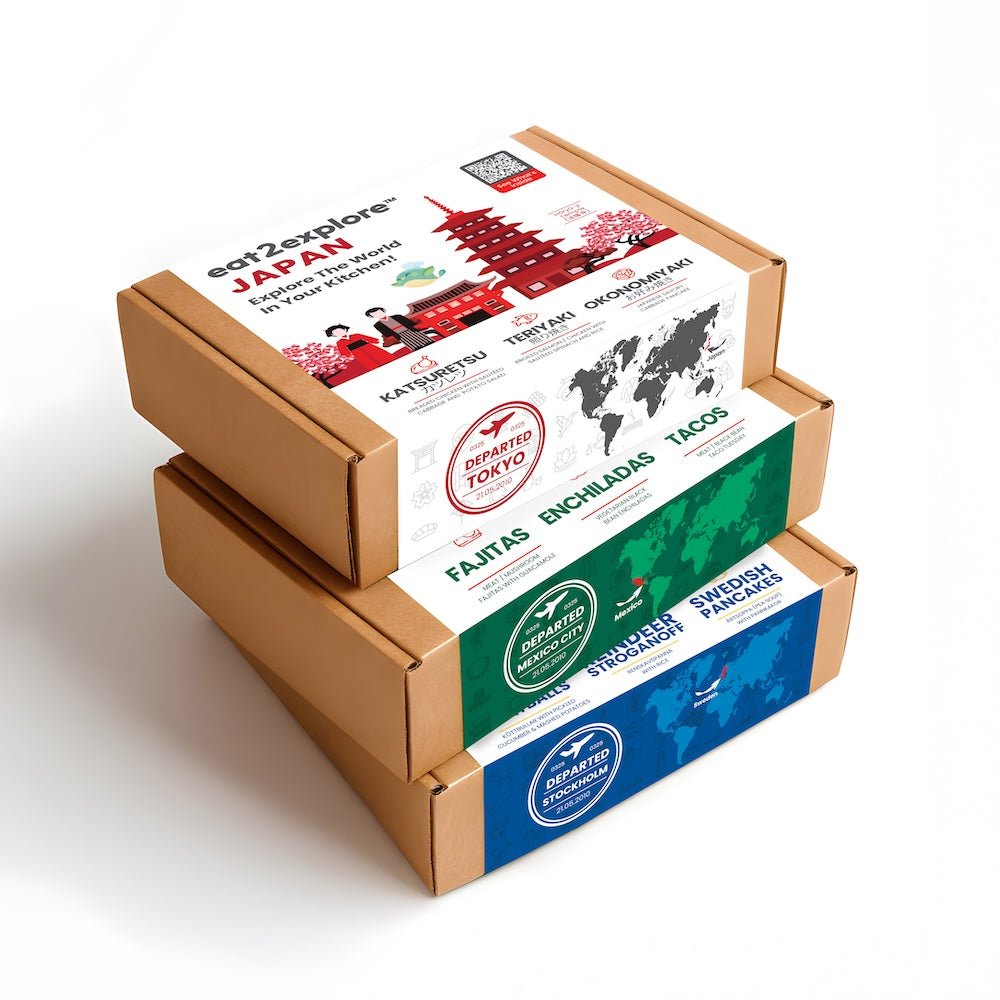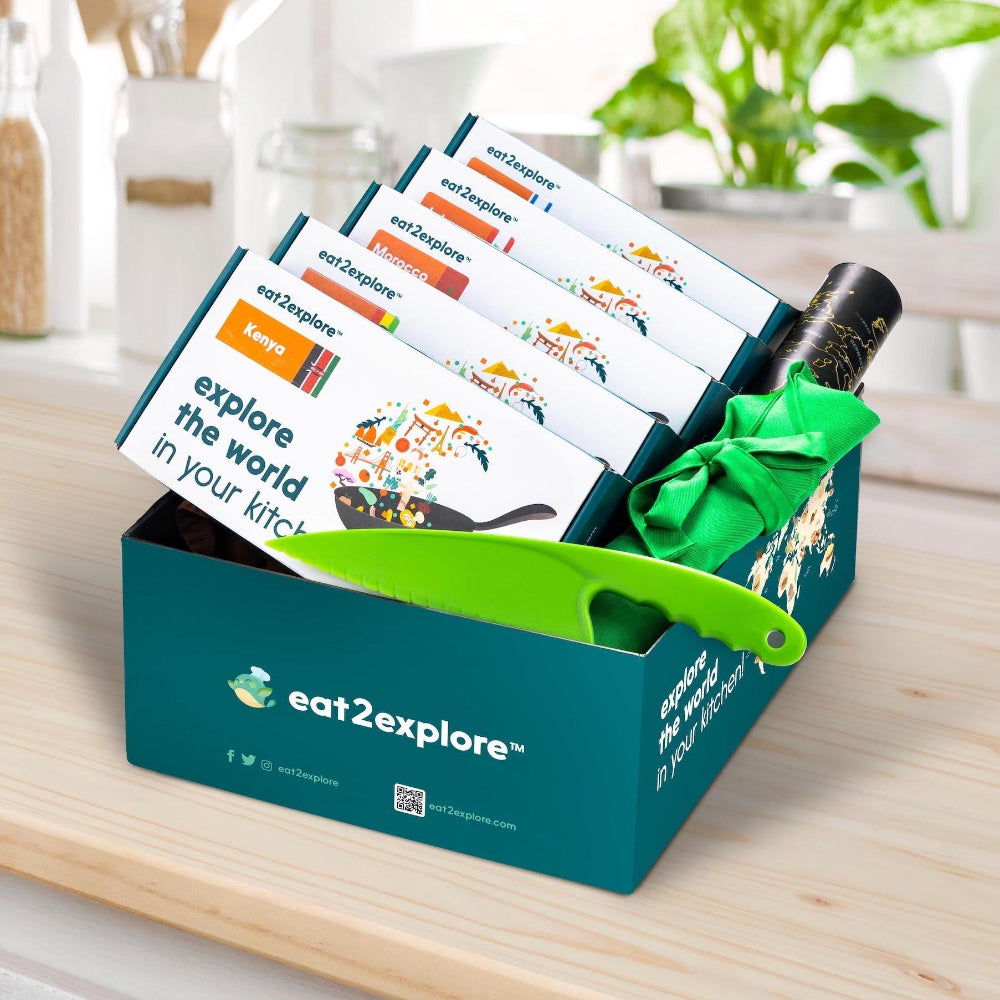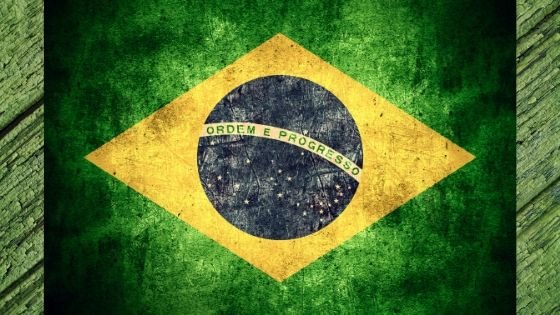Brazil is an amazing country on the east coast of South America, and you can explore the culture and cuisine right in your own kitchen!
The Early History of Brazil

Unlike Mexico, not a lot remains of the original inhabitants of Brazil. Most of the indigenous peoples were nomadic or had very small plots for agriculture.
Archaeologists have uncovered evidence of people living in the rainforests of Brazil over 8,000 years ago.
But because these inhabitants didn’t have a writing system or any permanent structures, we know little of their culture.
The name “Brazil” comes from the Old Spanish word “brasil” or “brasa” that means glowing coals. What does that have to do with South America’s largest country?
How Did Brazil Get Its Name?
Well, there is a kind of tree in East India that has red wood, sometimes used in making dye.
When explorers found a similar tree in South America, they called the area terra de brasil, meaning land of the red-dye wood. This was later shortened to Brazil.
Speaking of explorers, Portuguese sailors led by Pedro Alvares Cabral stumbled onto the shore of Brazil in 1500.
The next year, Amerigo Vespucci brought an expedition to check out the area. Merchants set up trading posts on the coast to sell the red brazilwood, but for the most part, no one thought much of Brazil.
That is until other countries began to be interested in Brazil. When French and Dutch sailors began to trade with the merchants and local peoples, the Portuguese decided to set up a permanent colony at Sao Vicente.
Sugar and Other Crops Become Important

When sugar became a common crop in the late 16th century, the economy of Brazil boomed. Other crops such as cacao (used in making chocolate), coffee, and cotton also strengthened the economy over the centuries.
There was even a small gold rush in Brazil in 1695 and again in 1719, but both were short-lived. Despite the insignificance of the gold deposits, the lure of gold brought many settlers into the previously uninhabited interior of the country.
A New Home for the Portuguese Empire
In 1808 when Napoleon Bonaparte invaded Portugal, the Portuguese king fled to Brazil, and it became the location of the Portuguese empire. For 12 years, the king stayed in Brazil and the Portuguese population and economy grew.
The king returned to Portugal in 1820 and Brazil won its independence five years later.
Brazil is a thriving country, home to many cultures and peoples blending into a unique population. Its food and celebrations are influenced by Portuguese, Native South American, African, Italian, German, and other cultures from around the world.
The Rio Carnival - One Gigantic Party

One of the largest events in Brazil each year is Carnivale, which is celebrated all across the country, but most famously in Rio de Janeiro. The Rio Carnival is one of the largest parties in the world and up to two million people per day participate in the festivities during the last four days of the two-week celebration.
Featuring plenty of samba dancing, parades, and delicious foods, Carnivale is one enormous, fantastic fiesta!
The foods of Brazil also reflect the numerous cultural influences present since the first European set foot on shore in 1500. You can explore three delicious regional recipes in the eat2explore Brazil box.

Bonus recipe: Brazilian Lemonade
aka Swiss Lemonade
A popular drink to accompany yummy foods in Brazil is Limonada Suica, or Swiss Lemonade. No, it’s not from Switzerland, and no, it’s not made from lemons! Check out this delicious sweet creamy drink in the simple recipe below.
Ingredients
4 large limes, 2 peeled, 2 unpeeled
4 cups ice cold water
1 can sweetened condensed milk.
Wash the limes. Take the peel off two of them.
Cut all 4 limes into wedges and remove as much of the bitter white pith as possible.
Time to break out the blender. Add the lime wedges, both the peeled and unpeeled ones. Pour in the water.
PULSE the limes and water for 10 SECONDS ONLY. Just enough to break up the limes and extract the flavor, but not too much of the bitterness of the peels.
Pour the juice through a fine strainer and press any pulp to get all of the goodness.
Back into the blender with the strained juice plus the can of condensed milk.
Add ice and blend! Taste to see if it needs more water or a few more ice cubes. You can also adjust the sweetened condensed milk to your taste as desired.
Yum!
Interesting notes:
No one knows why this drink is called “Swiss” lemonade. It’s not from Switzerland. However, the Portuguese word for the Tahitian lime is limon taiti, and limon is pronounced like “lemon” in English, so that explains the lemonade part.
Give Limonade Suica a try with your next eat2explore Brazil feast! Get to know the Americas with our explorer box!








